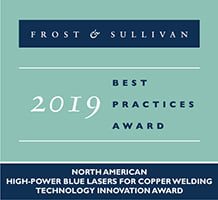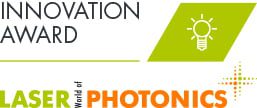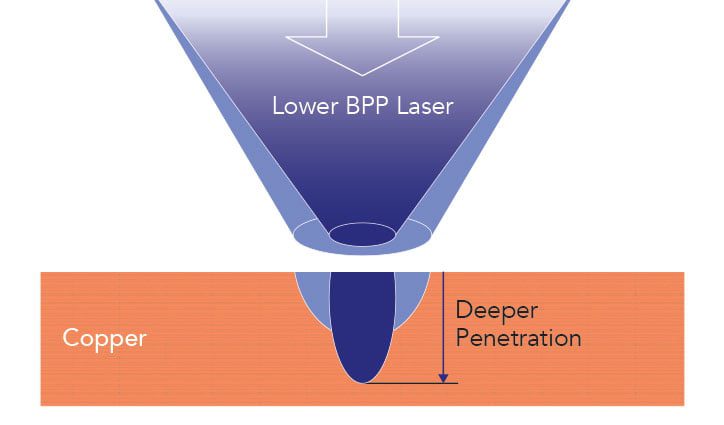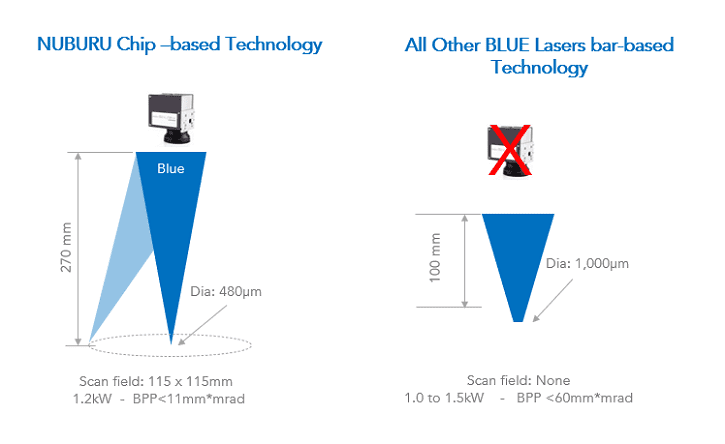Solutions
High Power Blue Lasers
Welding
______
The industrial blue laser: spatter-free™ and defect-free copper, aluminum, and dissimilar metal welding
Additive Manufacturing
______
INDUSTRIES
ENERGY STORAGE
______
E-MOBILITY
______
AEROSPACE
______
HEALTHCARE
______
ELECTRONICS PACKAGING
______
RESEARCH
______
PRODUCTS
NUBURU’s Unique Solutions for Mass Production
Blue light interacts with Copper, Aluminum, Silver, Nickel and other metals more efficiently than other lasers, enabling higher production yields with a simpler process. NUBURU’s blue lasers uniquely deliver kW-class power with galvo scanner compatibility, enabling high speed welding with a large process window and micron-scale depth control.
Two product lines available:
Direct to Scanner
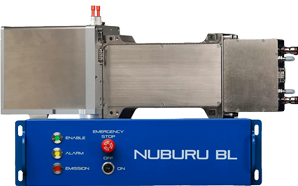
NUBURU BL™
Free Space Delivery
Up to 250W
Fiber-Delivery to Scanner
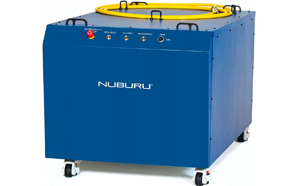
NUBURU BL-F™
Fiber Delivery
Up to 1kW
Galvo Scanner Ready
Consumer Electronics, Battery Manufacturing, E-Mobility, Medical and Others
Metal Welding, Marking, Soldering, and 3D Printing

